In recent weeks, social media buzz saw lots of conversation about outcomes from LETRS training. Some seemed surprised to learn that an IES study found that LETRS training improved teacher knowledge but did not improve student outcomes. “Food for thought,” tweeted Tim Rasinski, highlighting that many states have made LETRS training the heart of their “Science of Reading” investment strategies. EdWeek reports that 23 states are now utilizing LETRs training, despite questions about its impact on improved student outcomes.
We are surprised that anyone is surprised by this study. It’s consistent with decades of K–12 research. The hard truth: professional learning in absence of curriculum has a weak track record for changing student outcomes, even with sizable investments. “Curriculum is not a silver bullet” goes the popular refrain and for good reason. Yet some seem to treat professional learning focused on strategies and disconnected from curricula as a silver bullet, which is just as unrealistic.
It helps to examine the research: in 2008, IES studied two yearlong professional learning efforts in reading and found “positive impacts on teacher’s knowledge of scientifically based reading instruction.” But neither professional learning intervention resulted in significantly higher student test scores at the end of the one-year treatment. Student outcomes didn’t improve significantly the year after the professional learning, either. Federal studies have found similar outcomes for professional learning in both math and English learner support.
In fact, evidence that most professional learning improves student outcomes is so limited that TNTP called it “The Mirage” in their 2015 report on the low impact of professional learning in large districts. As TNTP cited in the report, “we bombard teachers with help, but most of it is not helpful—to teachers as professionals or to schools seeking better instruction.” At Rivet Education, our research has shown that only one in three teachers find the professional learning they receive to be effective.
If the majority of the professional learning teachers receive doesn’t improve their practice or student learning – what does work?
Experts cite pairing a strong curriculum with professional learning designed around those materials as the most effective path to student outcomes, and educators concur. If you train teachers on the importance of foundational skills instruction but they lack the proper scope, sequence, and lesson materials to implement those foundational skills for students, can you really expect them to be successful? Why are we putting the burden on teachers to DIY their curriculum?
Professional learning gives teachers the why, but curriculum gives them the what and the how. It provides a tangible model of what good looks like, with the tools to shift instruction.
So how do we build awareness of the importance of curriculum-based professional learning in improving teacher practice, especially with the science of reading? Several state education agencies across the country are working to answer this question. When Tennessee implemented teacher training on the Science of Reading, they intentionally designed for teachers and school leaders to work with their curriculum as part of the course. After learning the research on how kids learn to read – which explained the need for daily foundational skills instruction (the Why), teachers closed the training by working with their actual foundational skills curriculum (the What). The results: teachers who feel equipped to implement their curriculum and provide effective foundational skills instruction, district leaders who feel supported, and a state that is being nationally recognized for its strong results.
Other state agencies within CCSSO’s Instructional Materials and Professional Development Network are also making similar investments. Rivet is proud to partner with Delaware, Louisiana, Massachusetts, and Texas to define and incentivize high-quality curriculum and aligned professional learning.
We call on state leaders to explore these models and the research supporting the positive impact of curriculum-based professional learning. Sue Pimentel and Russ Wiener unpacked the evidence for this approach in their paper Practice What You Teach and Jim Short and Stephanie Hirsh highlighted district bright spots in The Elements. State agencies can also use Rivet’s Professional Learning Partner Guide to direct their school and school system leaders to a vetted list of best-in-class providers that support high-quality curricula.
When districts and states pair high-quality curriculum with high-quality professional learning, the whole is greater than the sum of its parts, and schools are equipped to raise student outcomes – in reading and other subject areas.




